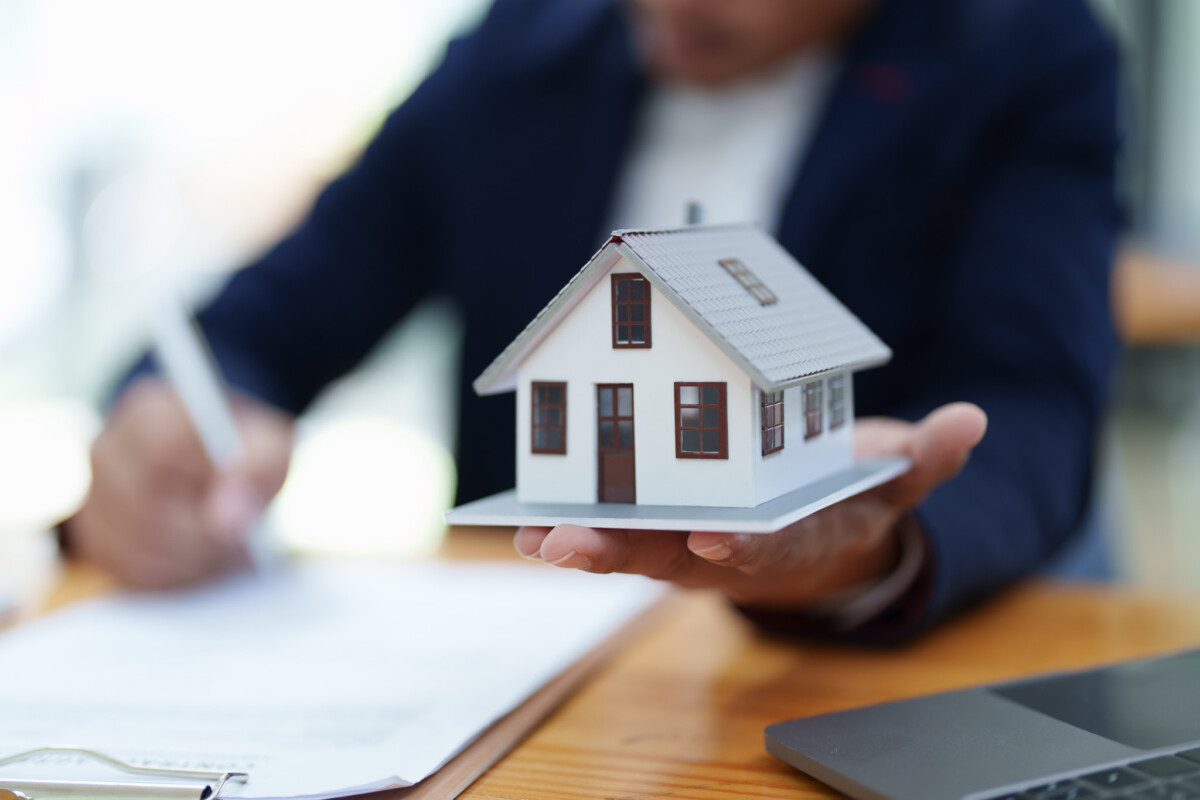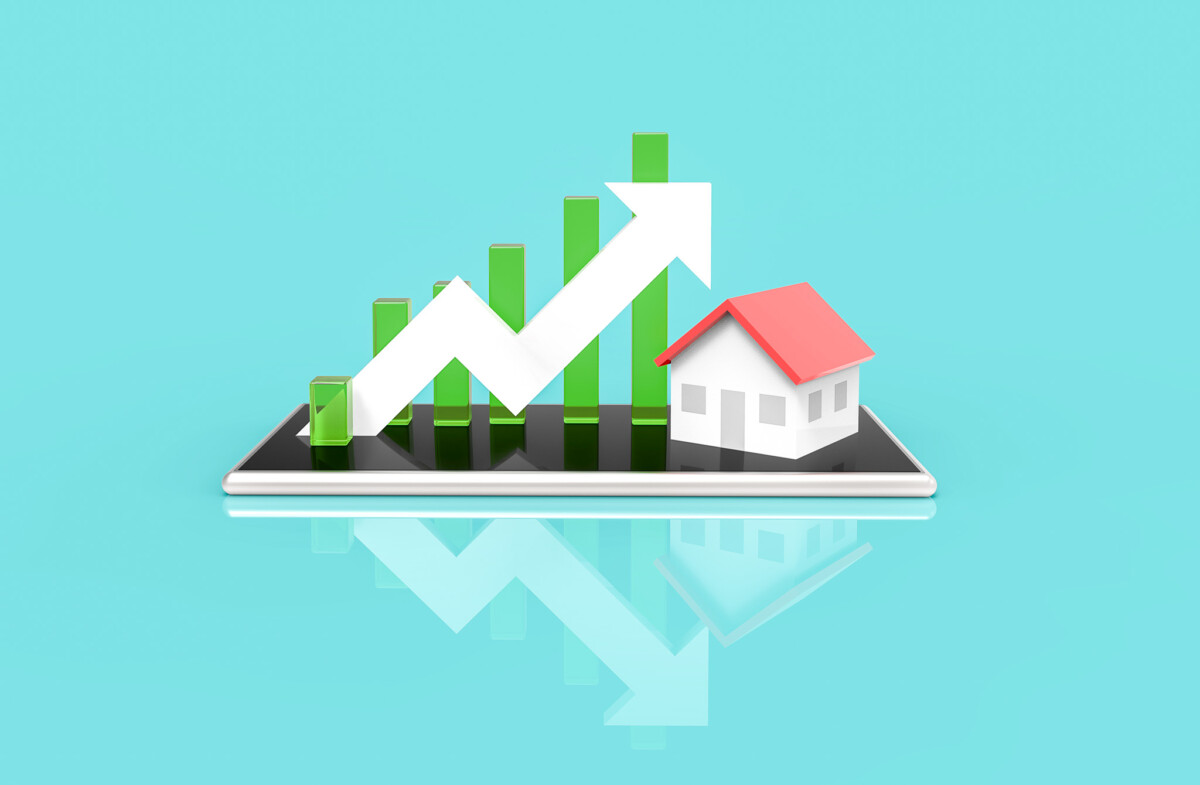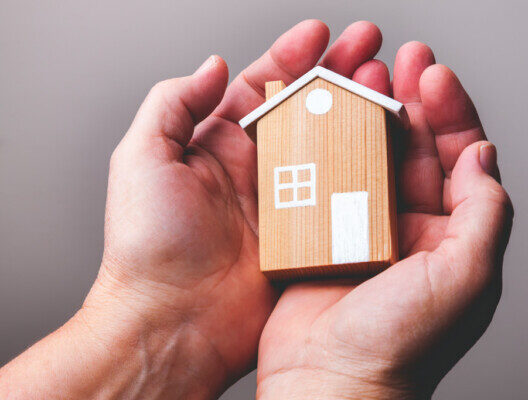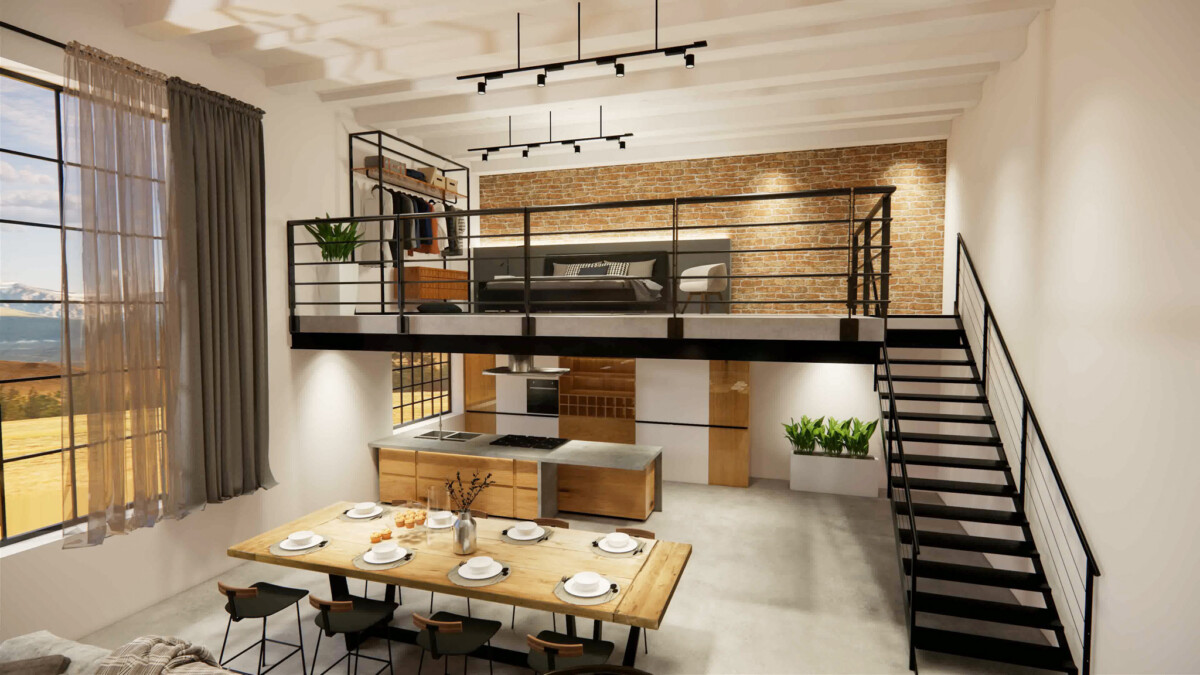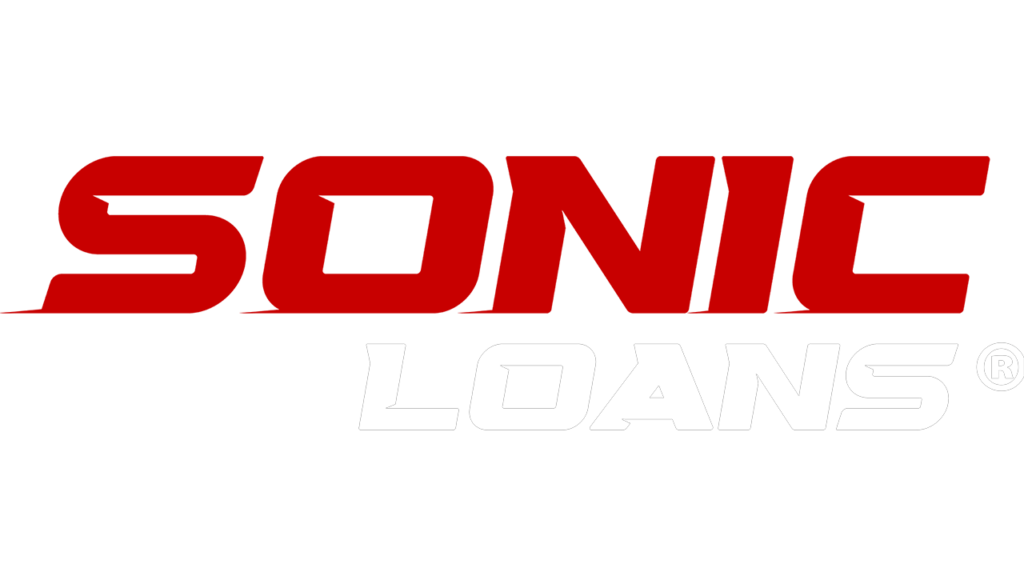When financing a home, buyers’ most significant decision is choosing between an FHA (Federal Housing Administration) loan and a conventional loan. Both options serve different borrower needs and come with distinct requirements, especially regarding legal aspects and documentation. Understanding the pros and cons of each, particularly from a legal and paperwork standpoint, can help you make an informed decision.
What Are FHA and Conventional Loans?
FHA Loans are backed by the federal government and designed to help first-time homebuyers or those with lower credit scores and limited down payments. They are insured by the Federal Housing Administration, which makes lenders more willing to offer loans to borrowers who might not qualify for conventional financing.
Conventional Loans, on the other hand, are not government-backed. Private lenders issue them and typically conform to the guidelines set by Fannie Mae and Freddie Mac. These loans often require stronger credit scores and higher down payments, but may come with fewer long-term costs.
Legal and Documentation Requirements
Documentation is crucial when applying for either loan. This paperwork’s amount, type, and legal implications can differ significantly between FHA and conventional loans.
FHA Loans: Legal and Documentation Overview
1. Federal Compliance and Disclosures
Because FHA loans are government-backed, they are subject to strict federal oversight. Borrowers must comply with the Real Estate Settlement Procedures Act (RESPA) and Truth in Lending Act (TILA) disclosures explaining their rights and obligations.
2. Mortgage Insurance Premium (MIP) Disclosures
FHA loans require upfront and annual mortgage insurance premiums (MIP), regardless of the down payment. This insurance’s terms, cost, and duration must be clearly disclosed.
3. Property Appraisal Standards
FHA loans require a HUD-approved appraiser. The appraisal must meet HUD’s Minimum Property Standards, which are stricter than those for conventional loans. This can create legal complications if the property is not inspected or the seller disputes repair obligations.
4. Documentation Checklist for FHA Loans:
- Government-issued ID
- Proof of Social Security number
- Two years of tax returns
- Two months of bank statements
- Pay stubs for the last 30 days
- Credit history and report
- Signed disclosures under HUD guidelines
- FHA case number assigned by the lender
Conventional Loans: Legal and Documentation Overview
1. Private Lender Rules and Disclosures
Although conventional loans also fall under RESPA and TILA, private lenders have more flexibility in setting terms and conditions. This often translates to simpler processing and fewer mandatory forms, especially for well-qualified borrowers.
2. Private Mortgage Insurance (PMI)
Conventional loans only require PMI if the borrower puts down less than 20%. Unlike FHA’s MIP, PMI can be removed once the loan reaches 78% loan-to-value (LTV), which must be documented in the loan terms.
3. Less Stringent Appraisal Guidelines
Property appraisals for conventional loans follow more flexible standards. While appraisals are still necessary, there is often less regulatory scrutiny, which can simplify the process.
4. Documentation Checklist for Conventional Loans:
- Proof of identity
- Two years of tax returns and W-2s
- Recent bank statements
- Pay stubs for the past month
- Credit report
- Debt-to-income (DTI) analysis
- Homeowner’s insurance declaration page
Pros and Cons of FHA Loans
✅ Pros:
1. Easier Qualification
FHA loans are ideal for borrowers with low credit scores (as low as 580) and smaller down payments (as low as 3.5%).
2. Government Support
Backed by the federal government, lenders take on less risk, making approval easier.
3. Lower Closing Costs
In some cases, FHA loans offer more predictable or lower closing costs due to federal guidelines.
❌ Cons:
1. Mortgage Insurance for Life
Unless you put down at least 10%, MIP lasts for the life of the loan. Even then, it remains for 11 years.
2. Strict Property Requirements
FHA homes must meet HUD’s safety and livability standards, which can delay or derail purchases.
3. More Paperwork
Due to government oversight, expect more detailed documentation and longer approval timelines.
Pros and Cons of Conventional Loans
✅ Pros:
1. Lower Long-Term Costs
Conventional loans typically have lower interest rates and don’t require mortgage insurance once equity reaches 20%.
2. Flexibility
Lenders can easily tailor loan terms, and appraisal and property standards are less rigid.
3. Less Red Tape
Fewer government-imposed requirements often translate into faster closings and simpler paperwork.
❌ Cons:
1. Higher Credit Score Needed
You generally need a credit score of 620 or higher to qualify.
2. Larger Down Payment
To avoid PMI, borrowers must put down at least 20% of the home’s value.
3. Not Ideal for First-Time Buyers
Qualifying for conventional loans may be difficult for buyers without strong financial backgrounds.
Legal Risks and Considerations
Regardless of which loan type you choose, there are some legal factors to keep in mind:
Fraud Prevention
Misrepresentation on any application, including overstating income or hiding debt, is considered mortgage fraud and can lead to criminal charges.
Disclosures and Your Right to Cancel
Under federal law, you are entitled to a 3-day right of rescission on certain types of loans. Ensure you understand which disclosures you must receive and what rights they afford you.
Recording and Lien Position
FHA and conventional loans require the lender to place a lien on the property. The loan must be recorded with your local county recorder’s office to be legally enforceable.
Legal Representation
While not always required, hiring a real estate attorney can help you navigate complex documentation, especially in states with mandatory legal review.
Which Should You Choose?
Choosing between an FHA and a conventional loan largely depends on your financial profile and goals.
- Choose FHA if you have a low credit score, limited cash for a down payment, or are a first-time homebuyer.
- Choose conventional if you have a strong credit score, can afford a higher down payment, and want to avoid long-term insurance costs.
Always review the loan estimate and closing disclosure forms carefully. These will outline the total cost of your loan, including interest rate, monthly payments, insurance, and all legal disclosures required by law.
Final Thoughts
Both FHA and conventional loans have their own pros and cons, especially when it comes to legal requirements and documentation. FHA loans offer accessibility with more government oversight, while traditional loans offer flexibility but demand stronger creditworthiness. Carefully evaluating each loan’s documentation process, legal implications, and long-term costs will help you choose the best mortgage path.
Before you sign anything, consult your lender, a financial advisor, and possibly a real estate attorney to ensure you’re fully informed. Your home purchase is one of the biggest financial decisions you’ll make, and understanding the legal and documentation landscape is key to protecting that investment.
Thank you for reading! If you enjoyed this article and want to explore more content on similar topics, check out our other blogs at Sonic Loans, Sonic Realty, and Sonic Title. We have a wealth of information designed to help you navigate the world of real estate and finance. Happy reading!
Are you looking for the right loan? Check out Sonic Loans for tailored mortgage solutions that make home financing simple and efficient.
Understanding Real Estate Contracts
FHA vs. Conventional Loans: Pros and Cons Legal and Documentation
VA Loans: Benefits and Requirements
Down Payment Assistance Programs: Opening the Door to Homeownership
Refinancing: When It Makes Sense
Creative Financing Options for Real Estate
How to Improve Your Credit Score for Better Mortgage Rates
HVAC Maintenance: Extending System Life
Preventing Water Damage: Essential Tips


